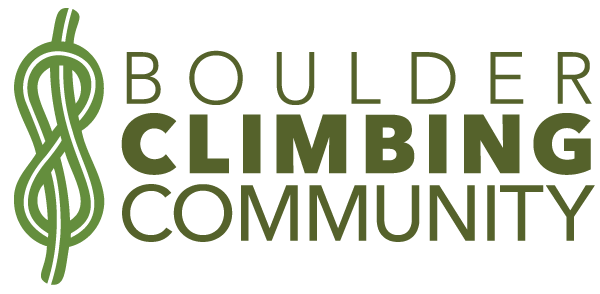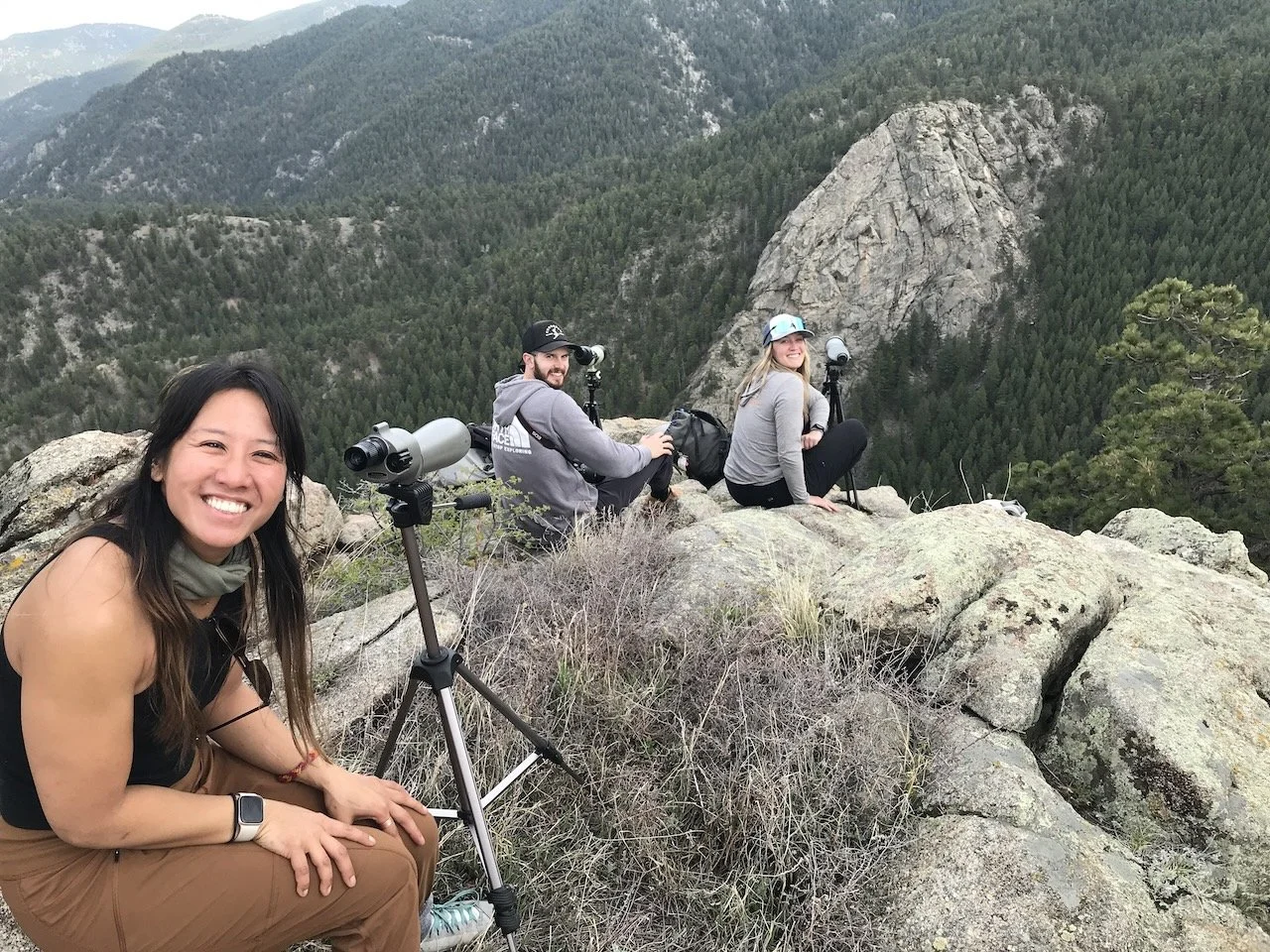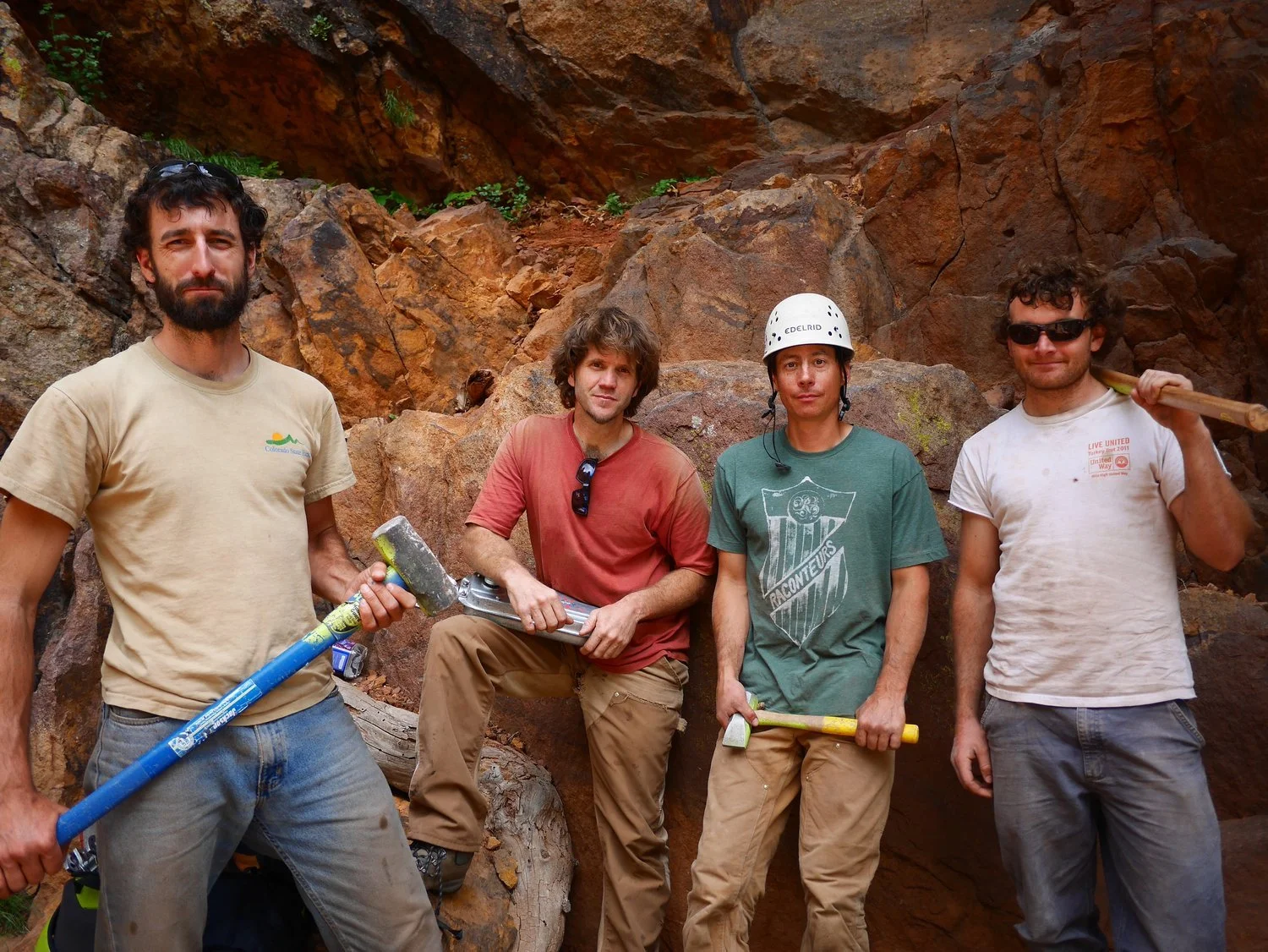Mid-Year 2025 Blog Post: Stewarding Our Public Lands
Read all about what BCC staff and volunteers have achieved so far in 2025.
Board Members: the Vision and Mission of the BCC in Action
BCC Board members are community leaders and change makers.
Learn more today.
10th Anniversary for Trails
The 2024 stewardship season is here! We’ve got a busy schedule of trail building, bolt replacement, raptor monitoring, events, and more!
2024 Winter Update
It’s giving season: See what gifts the BCC brought in 2024 in this end of year blog post.
Let’s Go Stewardship 2024!
Let's Go 2024! Read what the BCC has achieved in the first half of the stewardship season.
It's Here: 2023 Annual Report
It’s here, the 2023 Annual Report. Read all about what the BCC accomplished on behalf of the Front Range Climbing Community.
The 2024 Stewardship Season is Here!
The 2024 stewardship season is here! We’ve got a busy schedule of trail building, bolt replacement, raptor monitoring, events, and more!
Fixed Anchors and Climbing in Wilderness: What do climbers need to know?
Have you been hearing conflicting opinions and perspectives about fixed anchors, including bolts, in Wilderness Areas?
The BCC put together a frequently asked questions blog post to educate climbers on the topic of fixed anchors in Wilderness Areas.
BCC Advocacy: Protecting Access to Local Climbing By Supporting Land Owners (SB-23-103)
The BCC supported State Bill 103: read about what this Bill hoped to accomplish, why it mattered to climbers.
As climbers are aware, climbing happens on both public and private land, so protecting landowners from lawsuits is important for the BCC to support.
Unfortunately, the Bill did not move forward from the Judiciary Committee; access to 14ers, Lincoln and Democrat, was immediately lost.
RMNP Visitor Use Management Strategy
Learn about Boulder Climbing Community (BCC) and Access Funds (AF) Perspectives on the Updated RMNP Visitor Use Management Plan:
General Climber Access to Rocky Mountain NP
Climber Access to Longs Peak




















